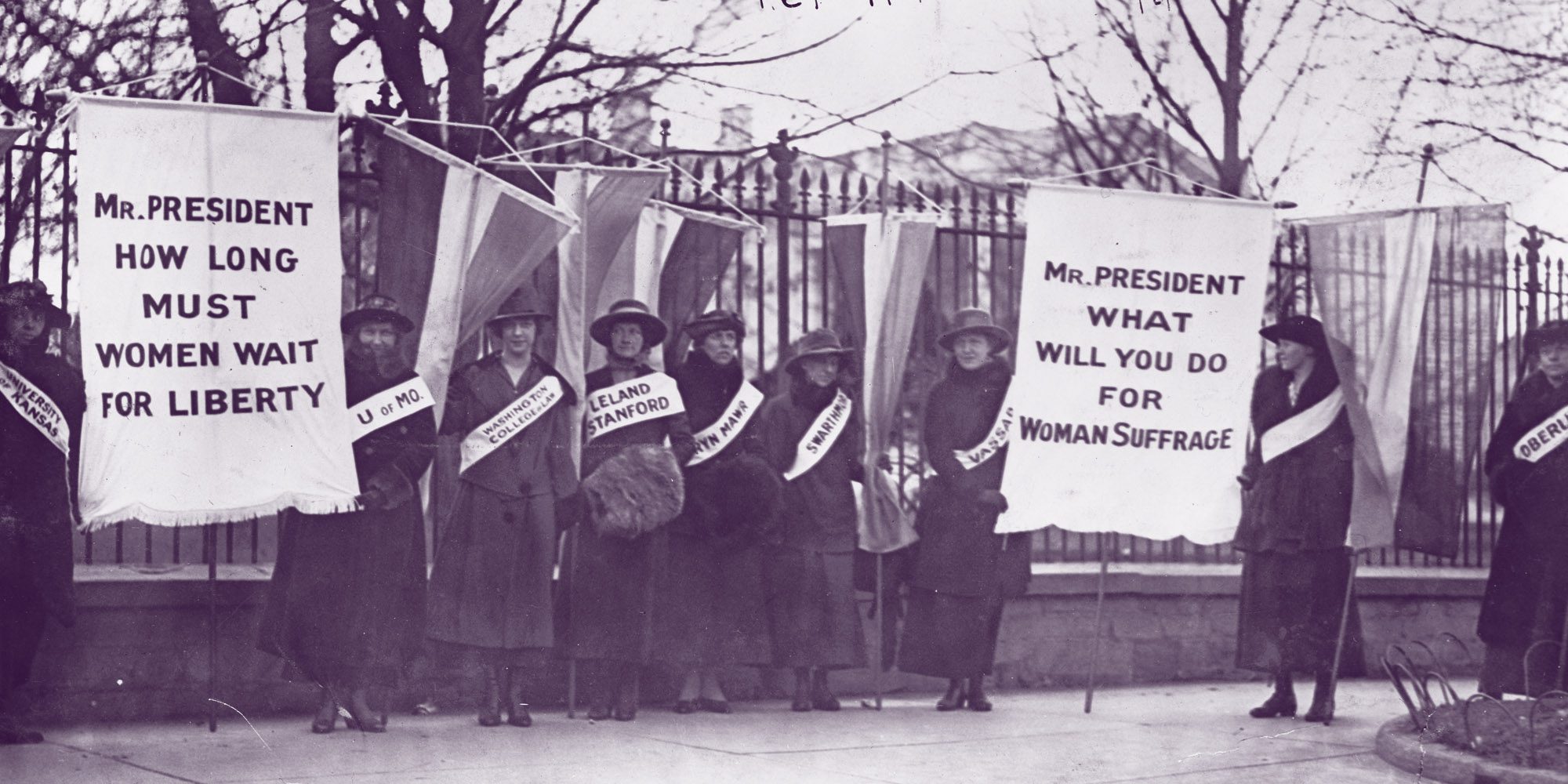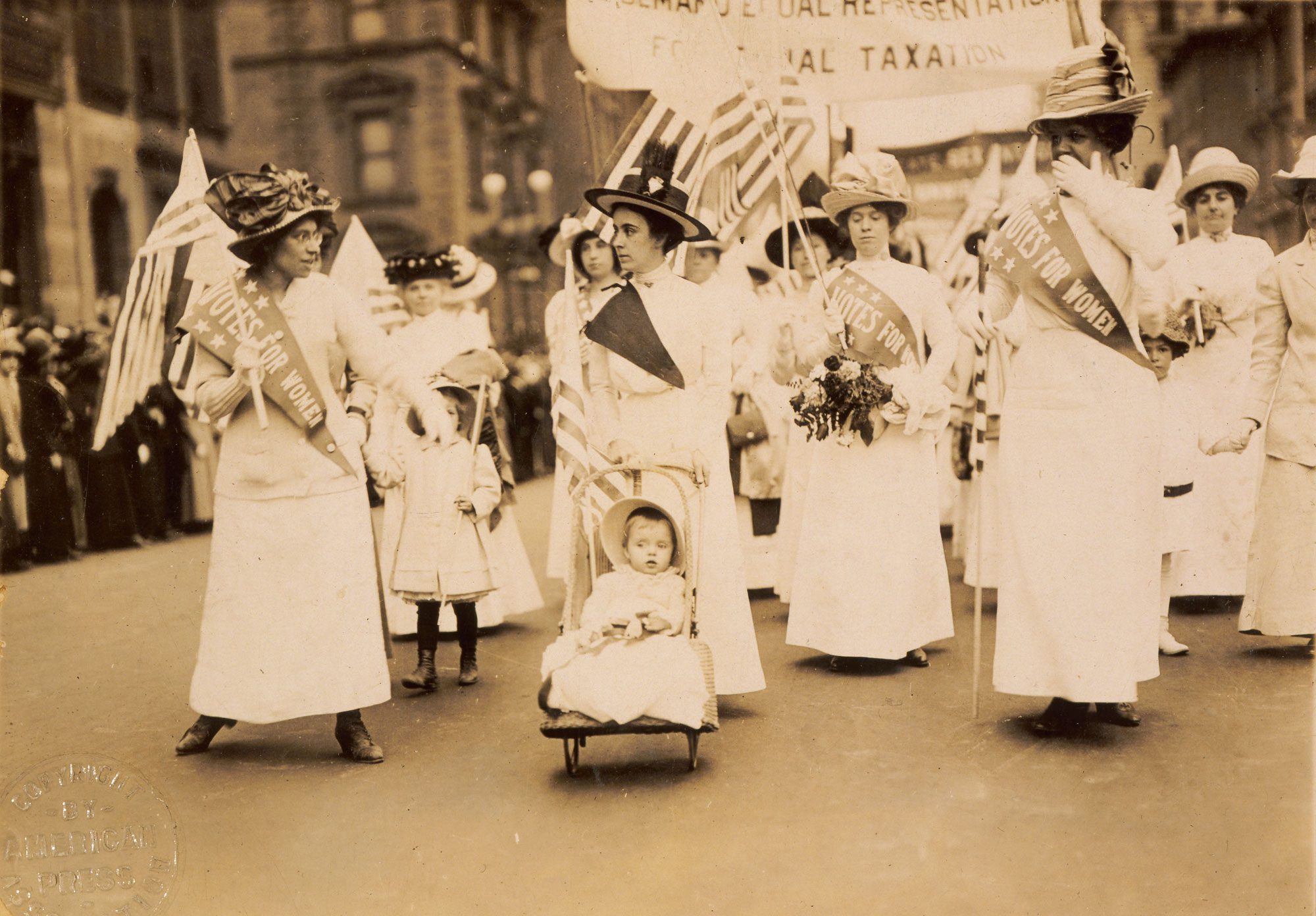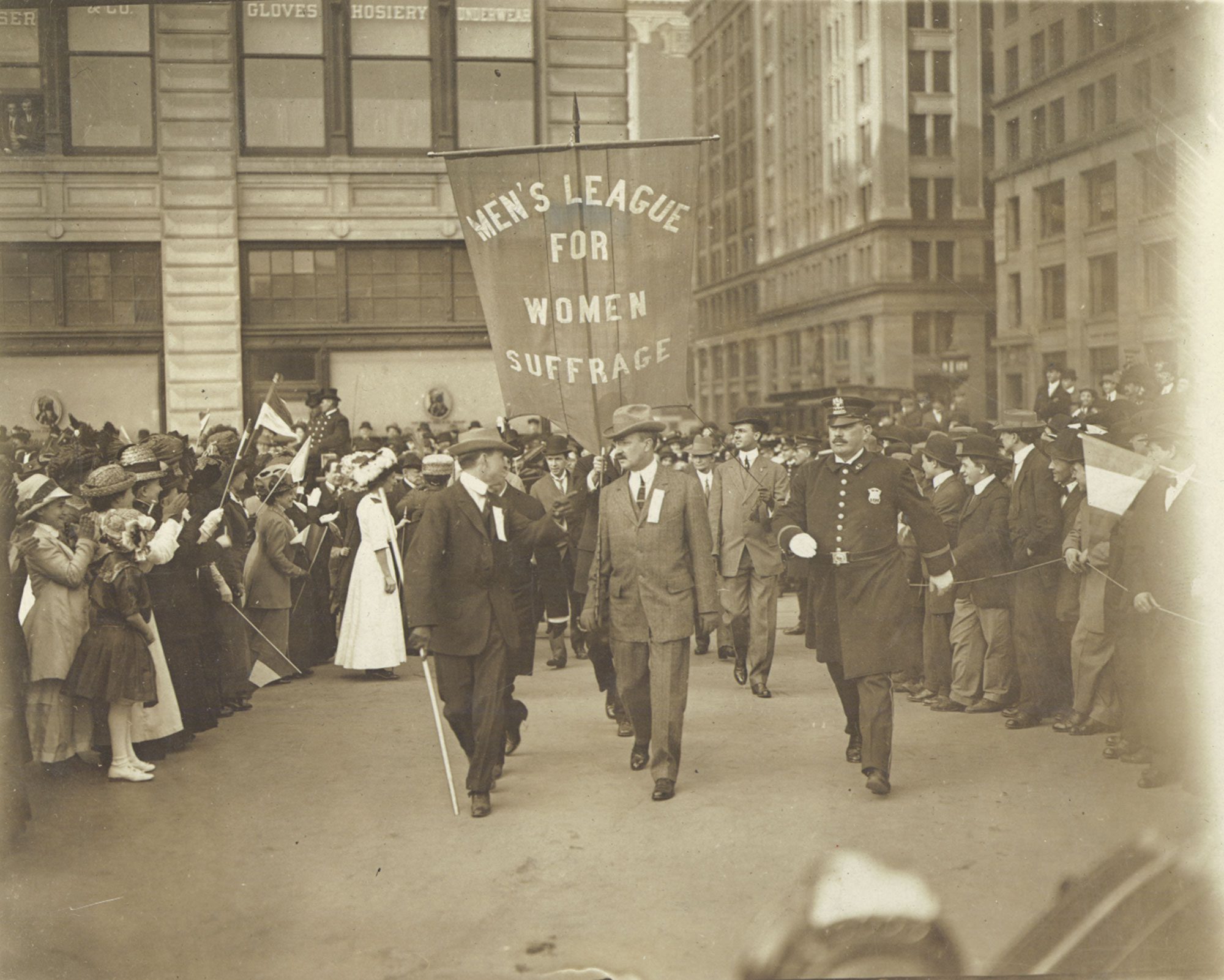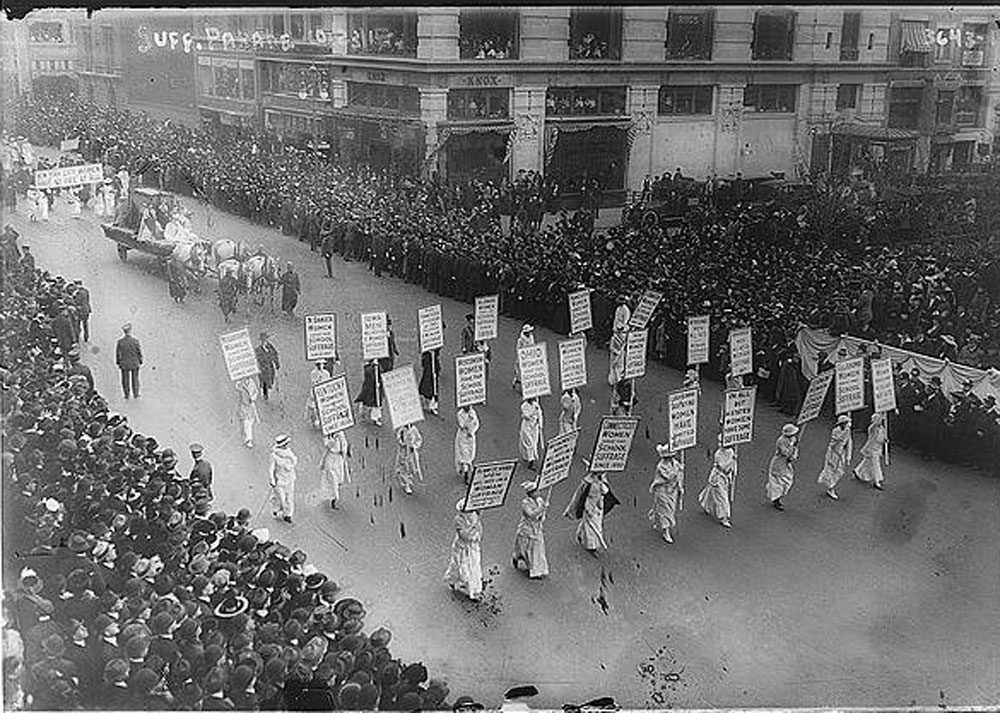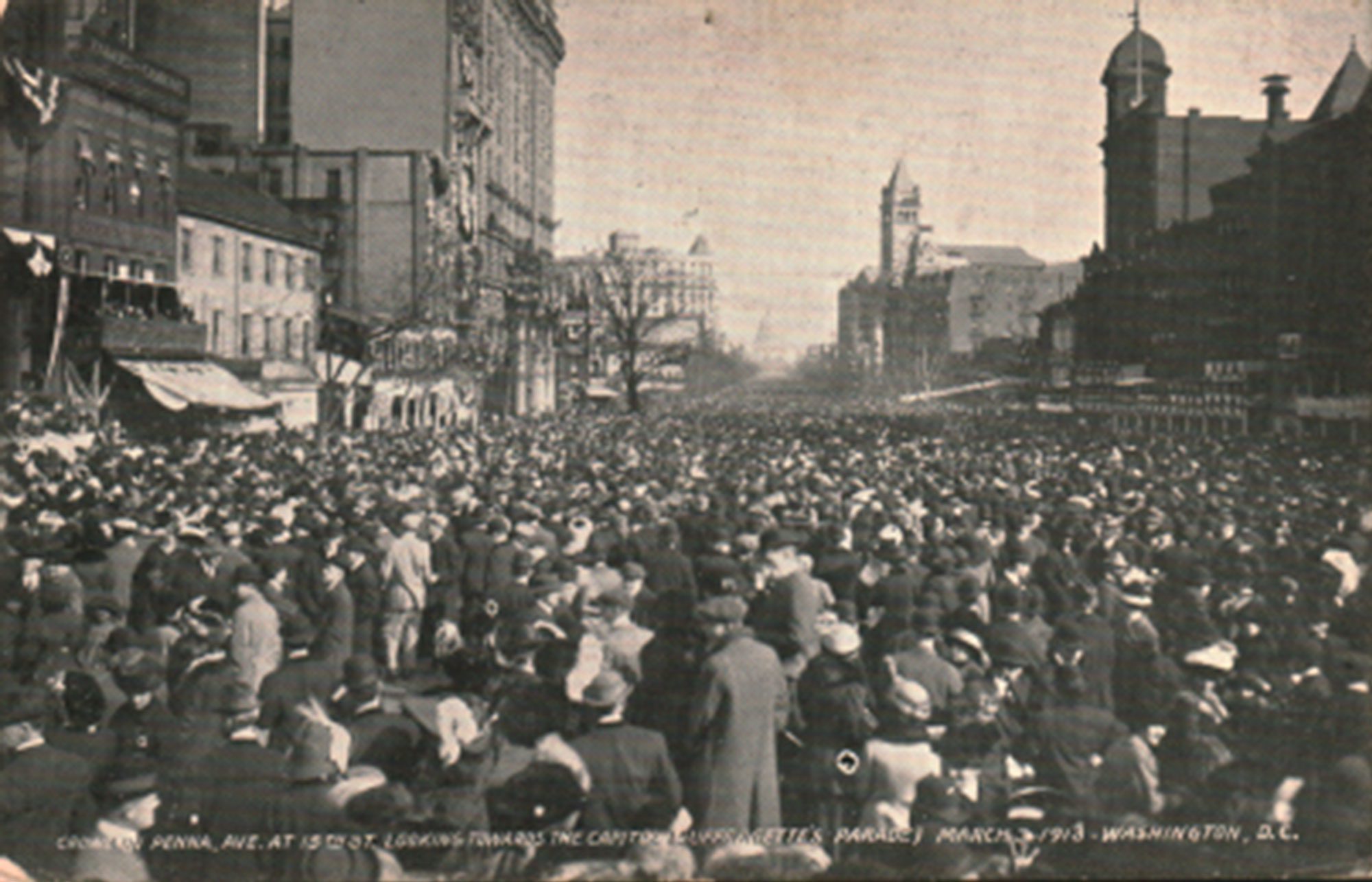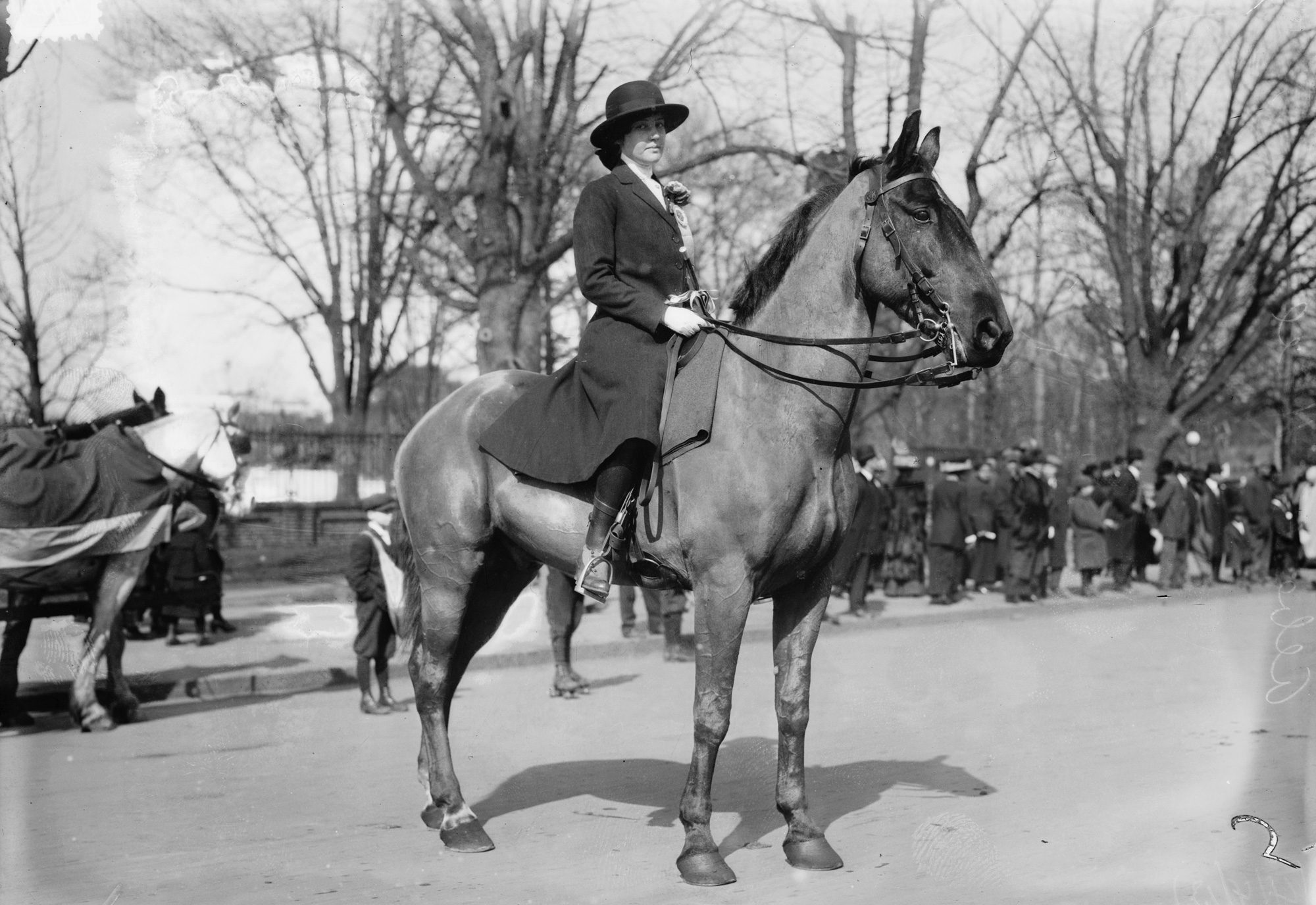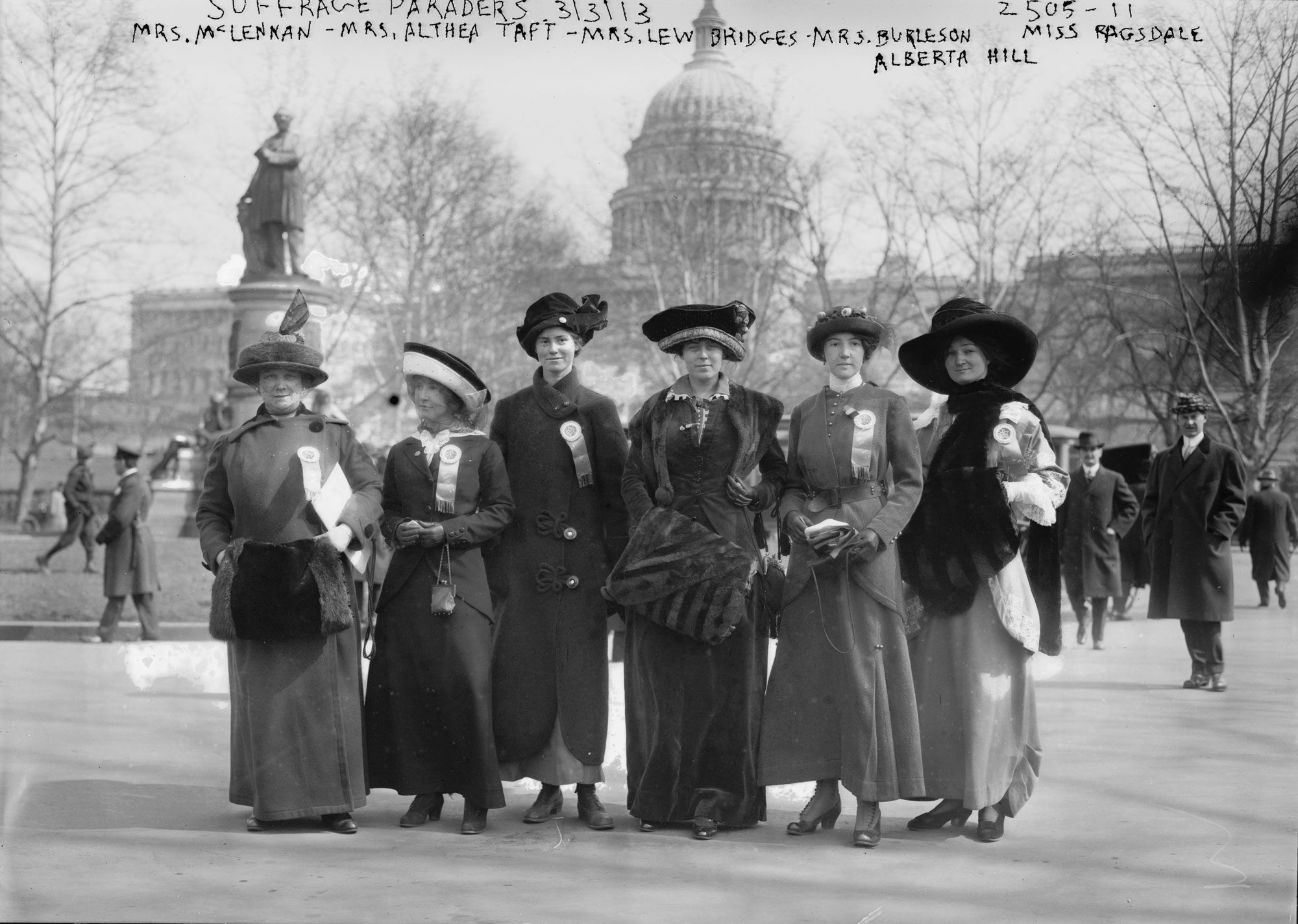Women of the Nation Arise!
Staten Islanders in the Fight for Women’s Right to Vote
Acknowledgements ResourcesAgitate
Staten Island’s suffragists brought the movement from neighborhood parlors to the streets of New York City and even to the skies above it.
Suffragists across the nation took bold action to raise awareness about their cause by organizing marches, protests, and spectacles to create momentum for legislation.
“You may have thought that suffrage had gone up in the air and that you would never hear of it again, but if you thought that, you are mistaken. Wherever you go this year you will hear the 1913 suffragist.”
– Rosalie Jones
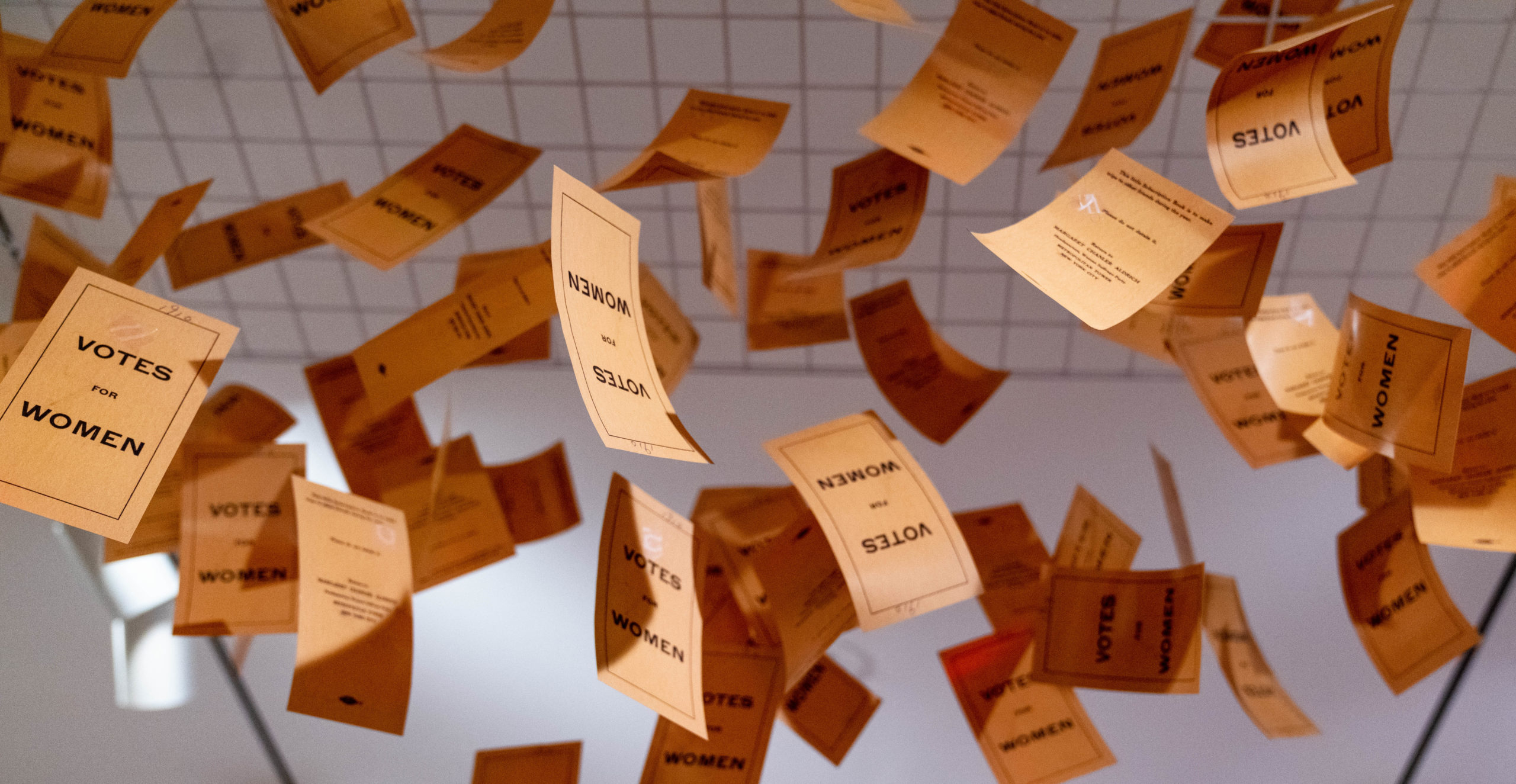
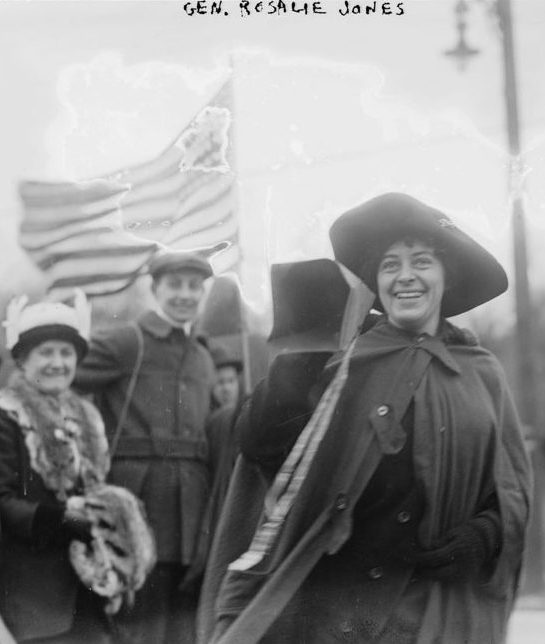
“Suff Bird Women”
On May 20, 1913, nationally renowned suffragist Rosalie Gardiner Jones made a spectacular debut in Staten Island, where she became the first suffragist to fly for the cause. She flew with the pilot Harry Bingham Brown, who was a fixture in the robust community of early airplane pilots, engineers, and enthusiasts that formed on Staten Island at the turn of the 20th Century. Jones boarded Brown’s plane in Grant City. The New York Times reported, “Gen. Rosalie did not show a sign of fear as she took her seat in the biplane, seized a steel rod, the only thing to hold to, with her left hand…and, with a bunch of leaflets in her right hand, nodded a smiling good-bye to the crowd below.” Decorated with “Votes for Women” banners, the plane landed in Oakwood at the Flying Carnival of the Staten Island Aeronautical Society in a flurry of yellow leaflets, which Jones had been scattering along the way.
General Jones, so called because she led her “suffrage army” on two hikes for suffrage, was a master of creating spectacle. One group of hikers walked from the New York area to Albany in December 1912. Another group marched from New York to Washington D.C. in March 1913 to join the suffrage parade there. In May of that year, she became the first suffragist to fly for the cause at Staten Island’s Aeronautical Carnival. She repeated this stunt later in 1913 in her hometown of Long Island. In 1927, she married Democratic Congressman Charles Dill, but divorced him and ran for Congress herself in 1934.
In December 1916, Staten Island’s suffragists built on Jones’ legacy and schemed to interrupt President Wilson’s ceremonial lighting of the Statue of Liberty by flying over the president’s yacht and “bombing” it with suffrage leaflets to point out that women still lacked the full rights and liberties of American citizens. Organizers covered the plane in suffrage colors and Mary Otis Willcox nailed a banner to the front that said, “Women Want Liberty Too.” Pilot Leda Richberg-Hornsby, the first female graduate of the Wright Flying School, took off from Staten Island with passenger Ida Blair, publicity chairman of the New York State Woman Suffrage Party. Unfortunately, the plane crashed in the marshland on Staten Island’s coast without carrying out its mission. No one was seriously hurt.

Photograph, March 3, 1913 (detail) Library of Congress Prints and Photographs Division
Suffragists on Parade
“Immense parades in New York were held and the Staten Island women marched with their sisters from the other boroughs,” wrote Mabel Keep in 1928 history of Staten Island’s suffrage movement. “There were seven women from Staten Island in the first parade and many hundreds in the final one.” At the time, marching in the street was an audacious move, asserting women’s desire to expand their roles from the private sphere of the home to the public sphere of political action. Parade organizers often requested that suffragists wear the same colors and carry pennants, flags or banners to present a unified image to the public and the press.
Well-known in both local and national suffrage circles, Staten Islander Alberta Hill knew how to win press attention. In 1913, she rode in the Washington D.C. suffrage parade on horseback. In 1914, she led a procession of suffragists dressed in white from the Benjamin Franklin Statue near City Hall Park to the statue of George Washington outside Federal Hall, where she gave a speech. In 1915, she made the papers as a bride. Having put off her wedding until after Election Day to make sure that she could dedicate herself fully to the campaign, she married Francis Smith on November 4, 1915, two days after the suffragists’ devastating defeat in New York. After the ceremony, when Father O’Donnell of Our Lady of Good Counsel Church in Staten Island impishly asked if she would obey her husband, Hill bowed dramatically and said, “No.”
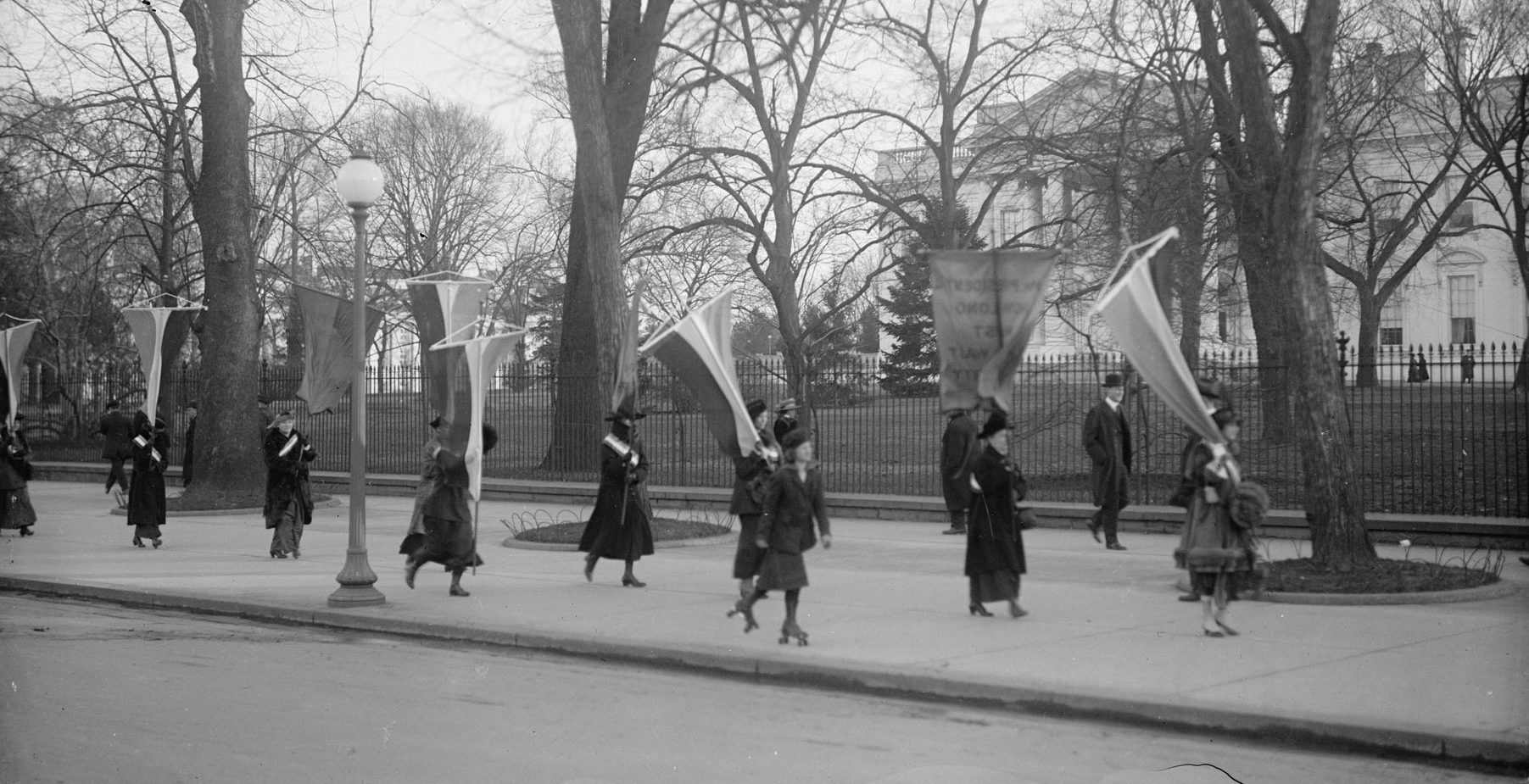
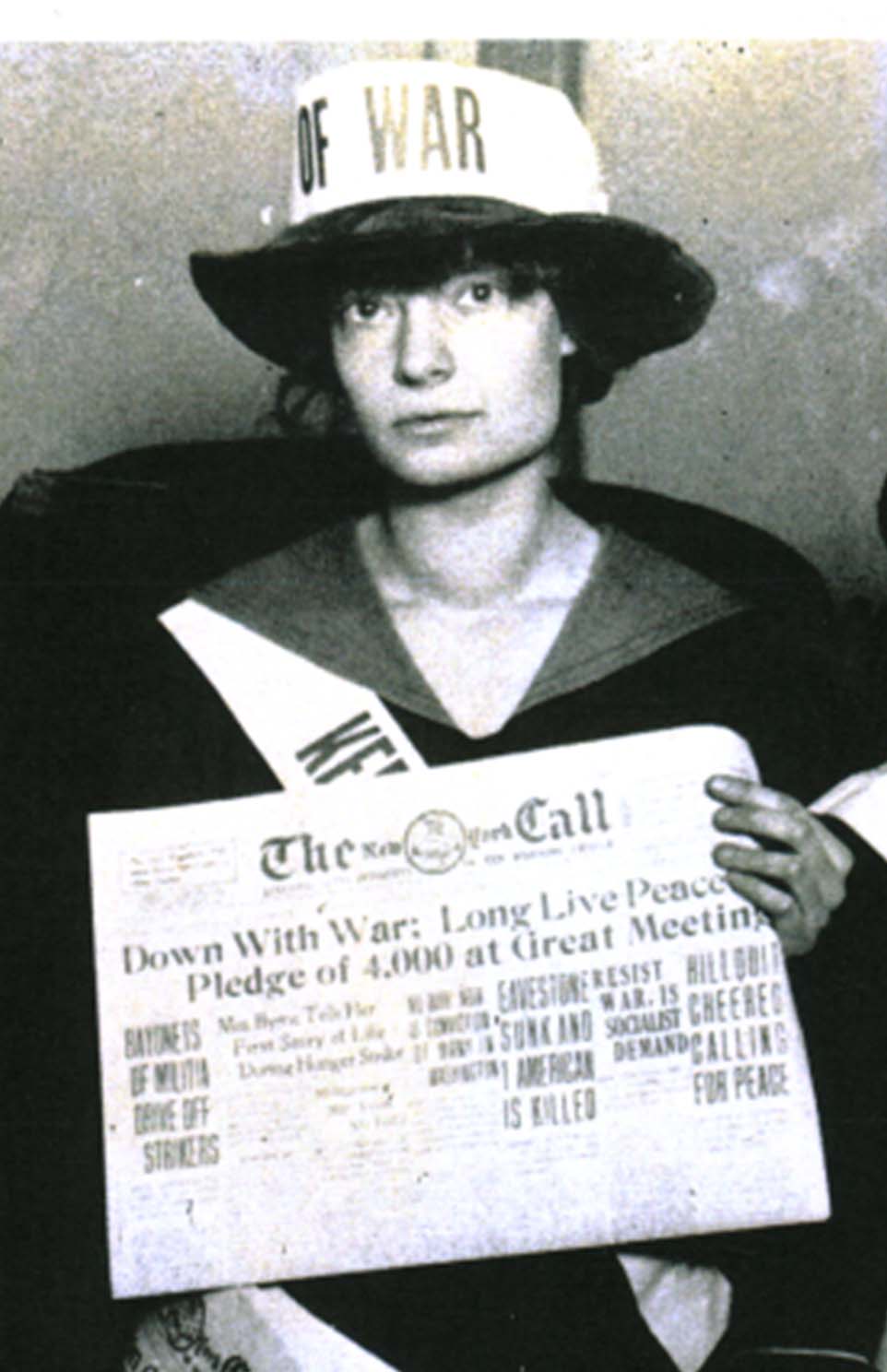
Anti-war publicity photograph Courtesy of the Staten Island Advance
Dorothy Day (1897 – 1980)
In November 1917, famed Staten Islander Dorothy Day, a radical activist and newspaper columnist, went to Washington D.C. to picket in front of the White House with the National Woman’s Party. The picketers, called the Silent Sentinels, had been staging bold protests using banners repurposing President Wilson’s words about fighting for democracy in Europe to question why women still did not have access to the vote at home. They were arrested and treated brutally in jail. Day protested their mistreatment and went to jail herself for thirty days, where she and her companions were beaten by their jailers at Occoquan Workhouse – an incident that came to be known as the “The Night of Terror.” The Staten Island Woman Suffrage Party distanced itself from the militant pickets in Washington D.C., calling them unpatriotic for publicly criticizing the president in wartime.
Raised in Chicago, Dorothy Day moved to Staten Island in the early 1920s to study and to write. Before her arrival in Annadale Beach, Day was a radical activist who protested for peace, and immigrants’, workers’, and women’s rights. She lived on Staten Island with Forester Batterham and had a daughter with him at a time when it was taboo to give birth outside of marriage. Soon after her daughter Tamar was born, Day converted to Catholicism, and she and Tamar were baptized at Our Lady Help of Christians Church in Tottenville. A co-founder of the Catholic Worker Movement, Day is currently being considered for sainthood in the Catholic Church.
